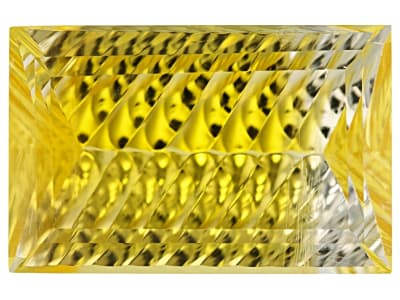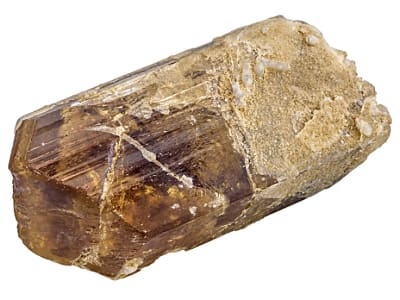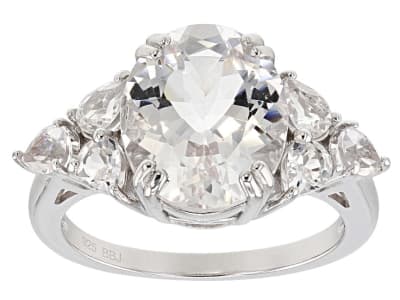Danburite was discovered by American mineralogist Charles Upham Shephard in Danbury, Connecticut for which it is named. It belongs to the silicate group. Crystals are often colorless but can be found in various shades of yellow to brown, and white to pink. Danburite can also display a reddish thermoluminescence.
General Information
Tolerance:(+0.003/-0.003)
LWUV: inert to strong, light blue to blue-green
Danburite Colors
-
 Blue
Blue -
 Colorless
Colorless -
 Pink
Pink -
 White
White -
 Yellow
Yellow -
 Yellow
Yellow
Countries of Origin
Tanzania, United Republic Of; Myanmar; Afghanistan; Russian Federation; Viet Nam; Czechia; United States of America; Madagascar; United Kingdom of Great Britain and Northern Ireland; Austria; Mozambique; Unknown; China; Brazil; Slovenia; France; Kyrgyzstan; Nepal; Iran (Islamic Republic of); Romania; Sri Lanka; Japan; Switzerland; Bolivia (Plurinational State of); Canada; Norway; Namibia; Italy; Mexico; Australia; Turkmenistan; Germany; Tajikistan
History
Danburite is named for the area in which it was discovered, but we wish it had been named for its beauty.The always gentle, never intense, shades of pink, yellow and brown have a compelling beauty. When well-polished, its surface gleams. Additionally, a CVD coating can be applied to deliver a bright-pink look. This adds another danburite color option! Discovered in 1839 in Danbury, Connecticut, this mineral has a hardness rating of 7 on the Mohs scale. That means it is very wearable and ideal for jewelry. It is often found in crystals of significant size, which is appealing to collectors, jewelry designers and jewelry lovers. Additionally, high-quality danburite is found with excellent clarity and transparency; it seldom needs to be enhanced in any way.
Care
Normal Care unless CVD coated. In treated stones color may be affected by polishing, recutting, ultrasonic cleaners, alcohol, and harsh chemicals.
More About Danburite
Although a relative newcomer on the gemstone scene, Danburite has, nonetheless, its own folkloric appeal. It is said by some to facilitate deep change and the ability to leave the past behind. Some people believe it can promote rest, clear dreams, and stimulate the heart chakra. They believe that it can connect the heart to the mind and the mind to the heart. We have no real scientific evidence that danburite does all these things, but we do know that it is so pretty, it will almost certainly make a person smile.


